TICKETMASTER has paused ticket sales for all NFL London games in 2025 to make sure that actual fans can buy seats.
In a statement, Ticketmaster said the move was made to "ensure genuine fans are able to purchase tickets" after sales went live on Thursday. Fans who tried to buy tickets will keep their place in the queue, with Ticketmaster adding, "We understand how frustrating this is."
Reports indicated there was massive interest in tickets, with queues reportedly as large as 250,000 people. Ticketmaster’s decision suggests that some of those in line may have been resale vendors and bots, reported Yahoo Sports.
The NFL is set to play seven international games in 2025, including three in London.
The Minnesota Vikings will face the Cleveland Browns in Week 5. The Denver Broncos and New York Jets will play in Week 6, and the Los Angeles Rams and Jacksonville Jaguars will compete in Week 7.
The Week 5 and 6 games will take place at Tottenham Hotspur Stadium, while the Week 7 game will be held at Wembley Stadium.
The NFL first played in London in 2007, expanding from one game to three by 2014. The league will also play in Brazil, Germany, Ireland and Spain in 2025.


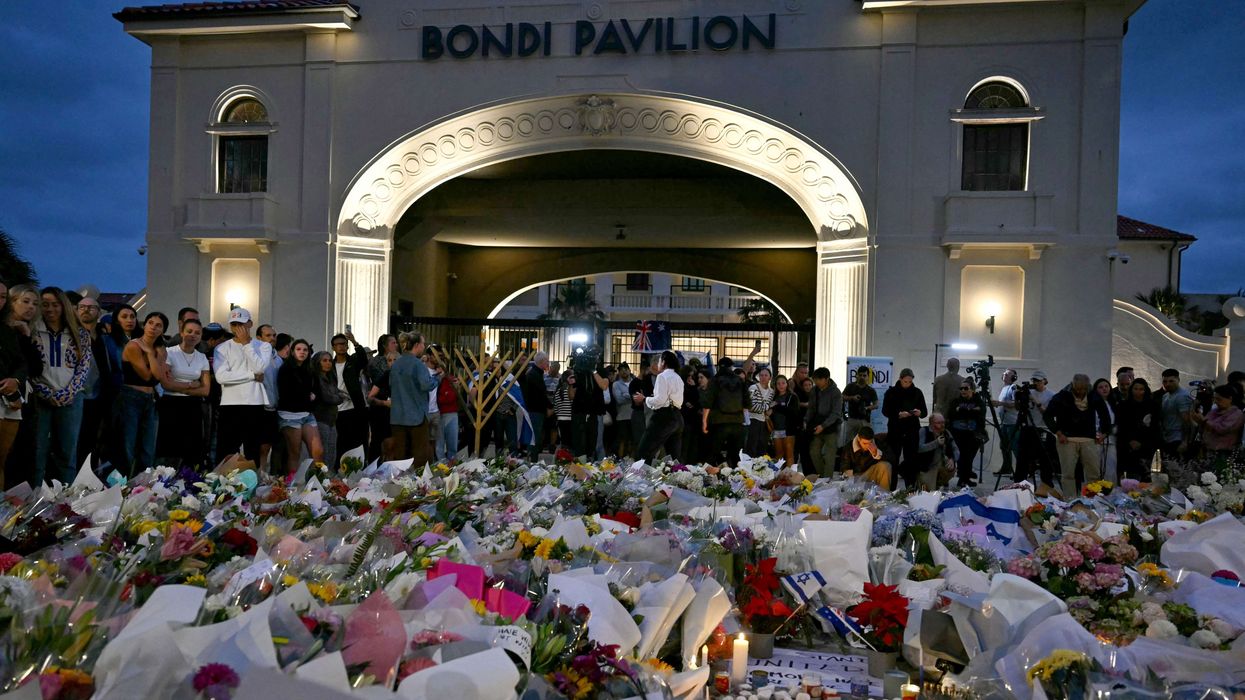



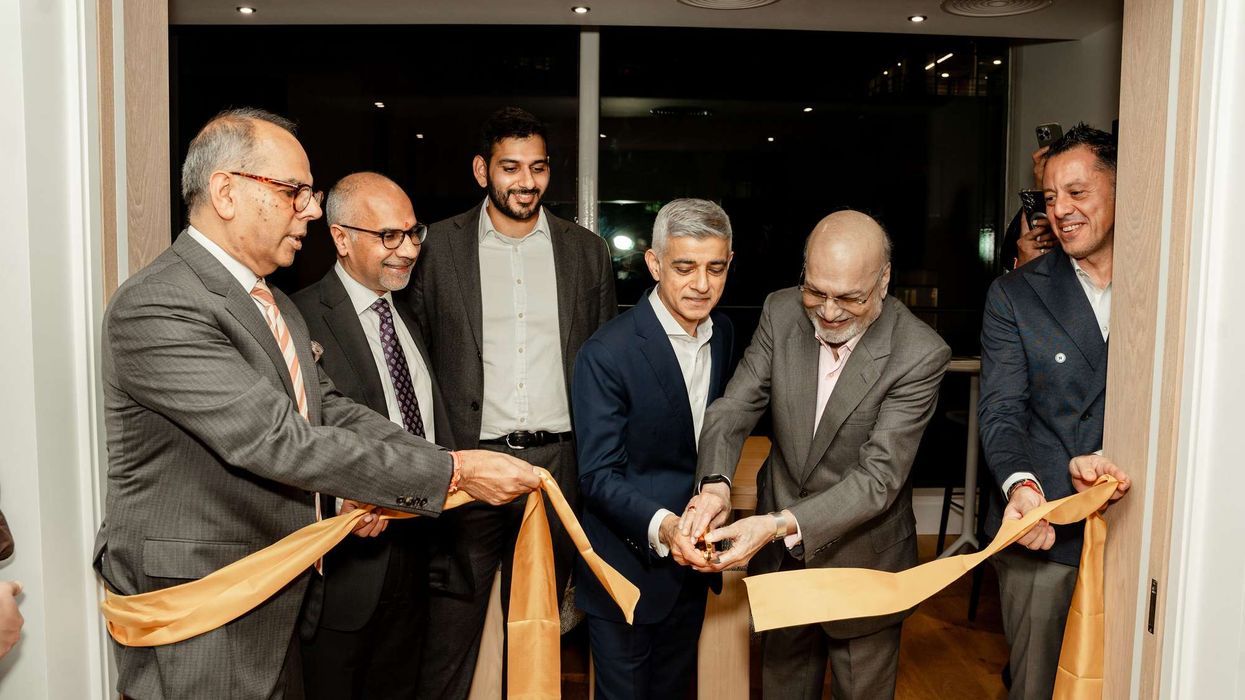
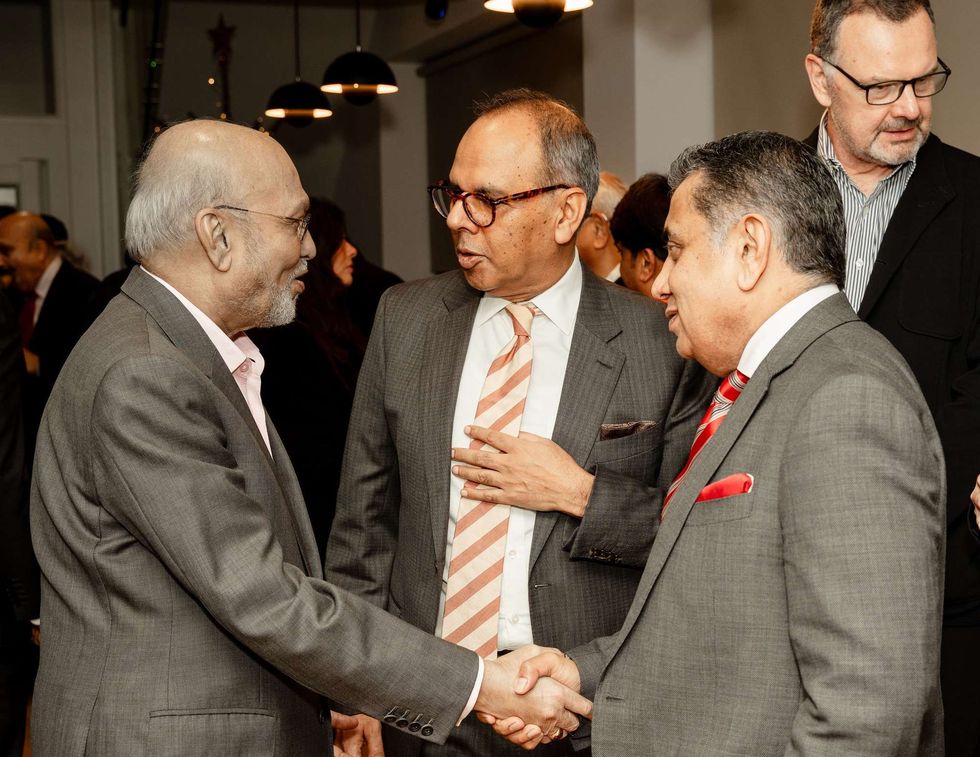 Nirmal Sethia, Kalpesh Solanki and Lord Tariq Ahmad
Nirmal Sethia, Kalpesh Solanki and Lord Tariq Ahmad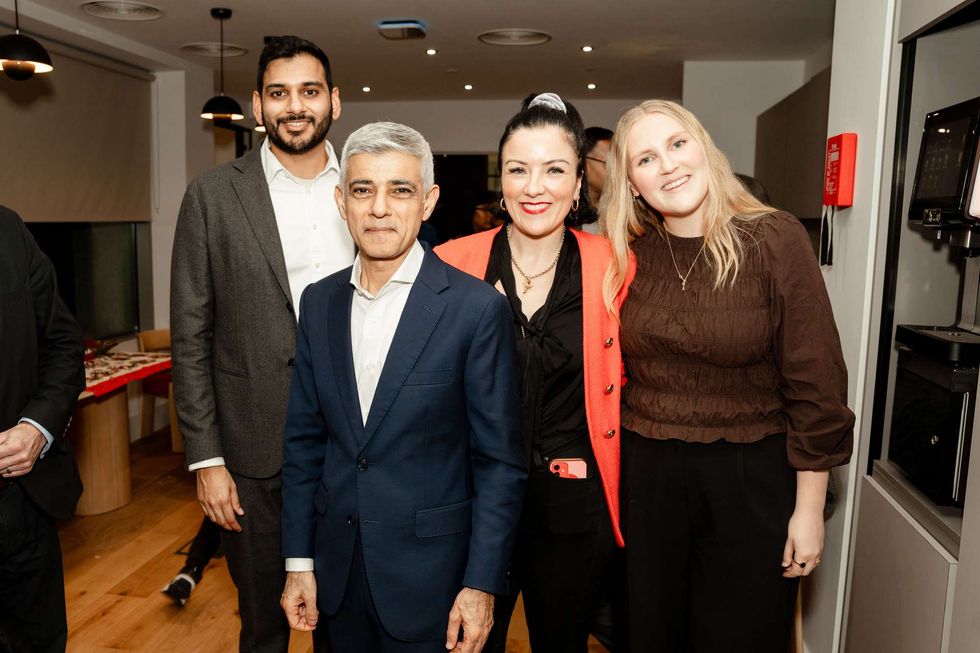 Jamin Solanki, mayor of London Sadiq Khan, Colette Whelan and Marnie Lane
Jamin Solanki, mayor of London Sadiq Khan, Colette Whelan and Marnie Lane (Seated from left) Dr Nandakumara, Sadiq Khan, Nirmal Sethia
(Seated from left) Dr Nandakumara, Sadiq Khan, Nirmal Sethia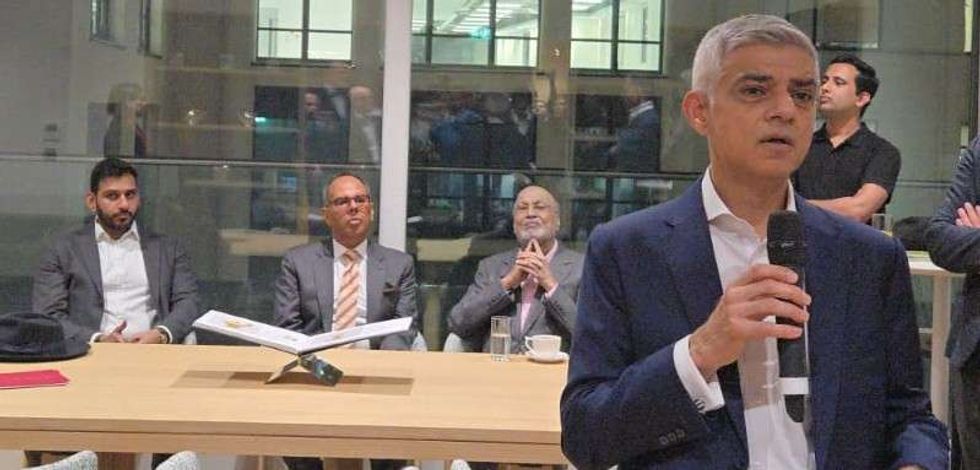 Mayor of London Sadiq Khan delivering his keynote speech.
Mayor of London Sadiq Khan delivering his keynote speech.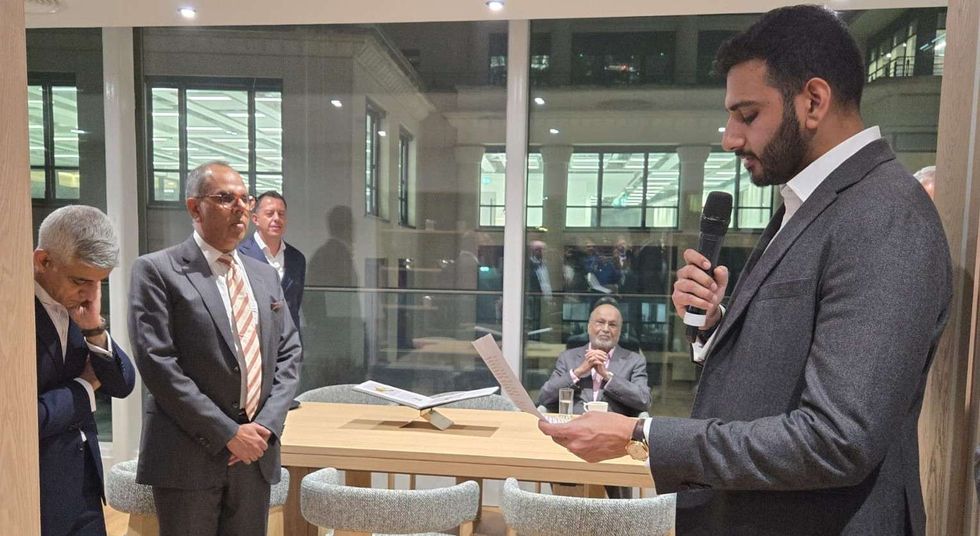 Jaimin Solanki addressing the gathering
Jaimin Solanki addressing the gathering Dr Nandakumara guiding the Vaastu Pooja, with Aarya Solanki performing the pooja.
Dr Nandakumara guiding the Vaastu Pooja, with Aarya Solanki performing the pooja. HH Guruji performing the coconut-breaking ritual.
HH Guruji performing the coconut-breaking ritual.





